Mobile World Congress in Barcelona is one of tech’s biggest trade shows and is where some of the year’s hottest new products are unveiled for the first time. With the move toward wearables on full display, this year we got everything from announcements from large manufacturers to cool experimental products from small startups.
This year’s show had its share of great moments and surprises—far more than we’d be able to cover here. However, we’ve done out best to put together a list of the 10 technology products from Mobile World Congress that got us most excited below:
10. Lenovo Pocket Projector
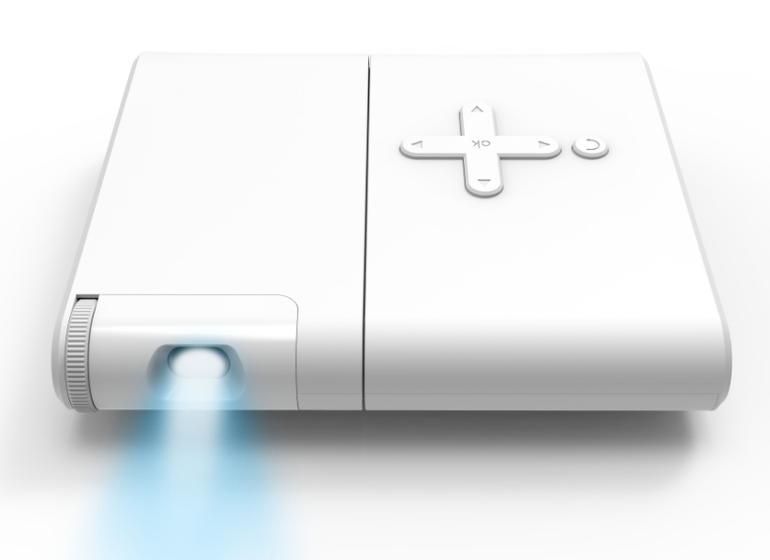
The Pocket Projector is a portable way of projecting your smartphone up to a truly massive scale. A lot of pico projectors at this price point go up to about half the size of the 110 inch projections of the Pocket Projector, so it’s nice to see Lenovo go beyond the average size of a television or monitor display.
The best part is that the Pocket Projector goes for only $199, which might finally be inexpensive enough to bring more consumers onboard for something like this.
9. Ikea’s Wireless Charging Furniture
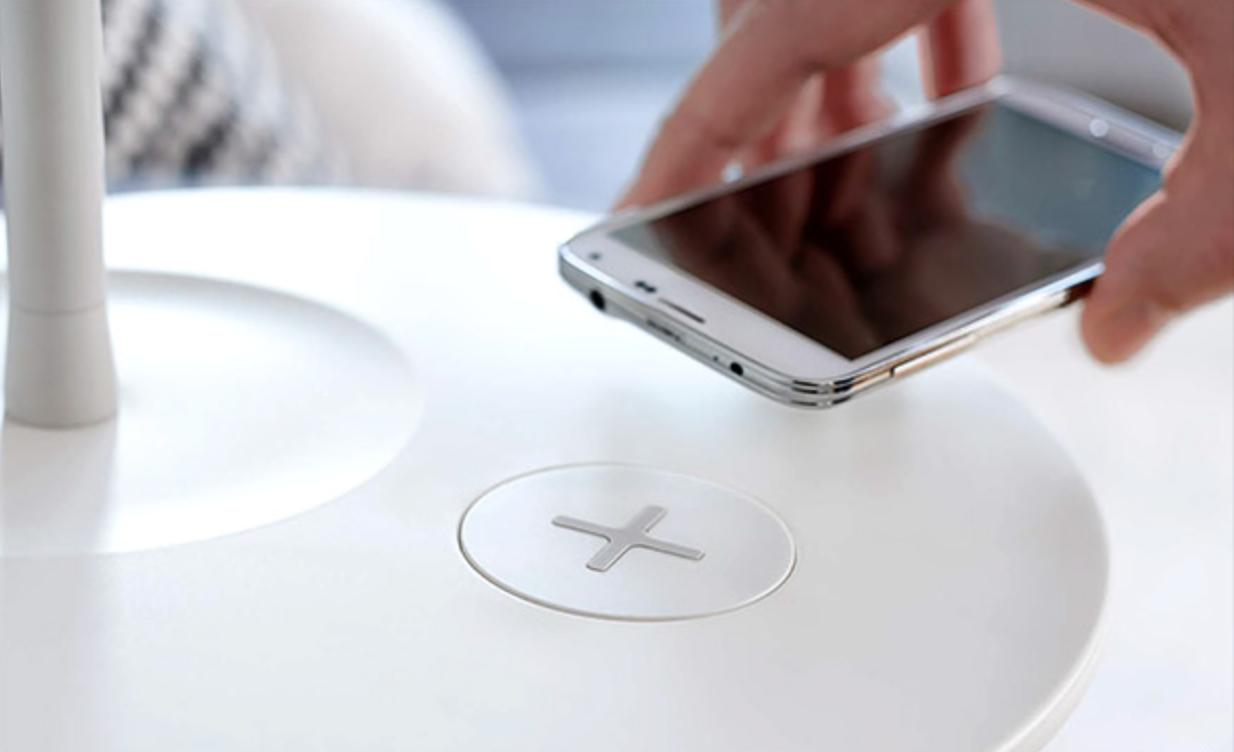
Having to get off the couch to charge our cell phones is one of the greatest hardships we face in everyday life. Fortunately, the always-innovative Ikea is here to help with a new line of products that offer the ultimate experience in charging convenience. This spring, Ikea shoppers can buy furniture that will wirelessly charge various types of smart phones.
The Swedish furniture company has partnered with Wireless Power Consortium to construct a series of small items such as lamps and side tables that can charge mobile devices without the use of wires. It’s an idea so crazy that only a company like Ikea would have the resolve to make it work.—Trevor Courneen
8. Ford MoDe Electric Bike
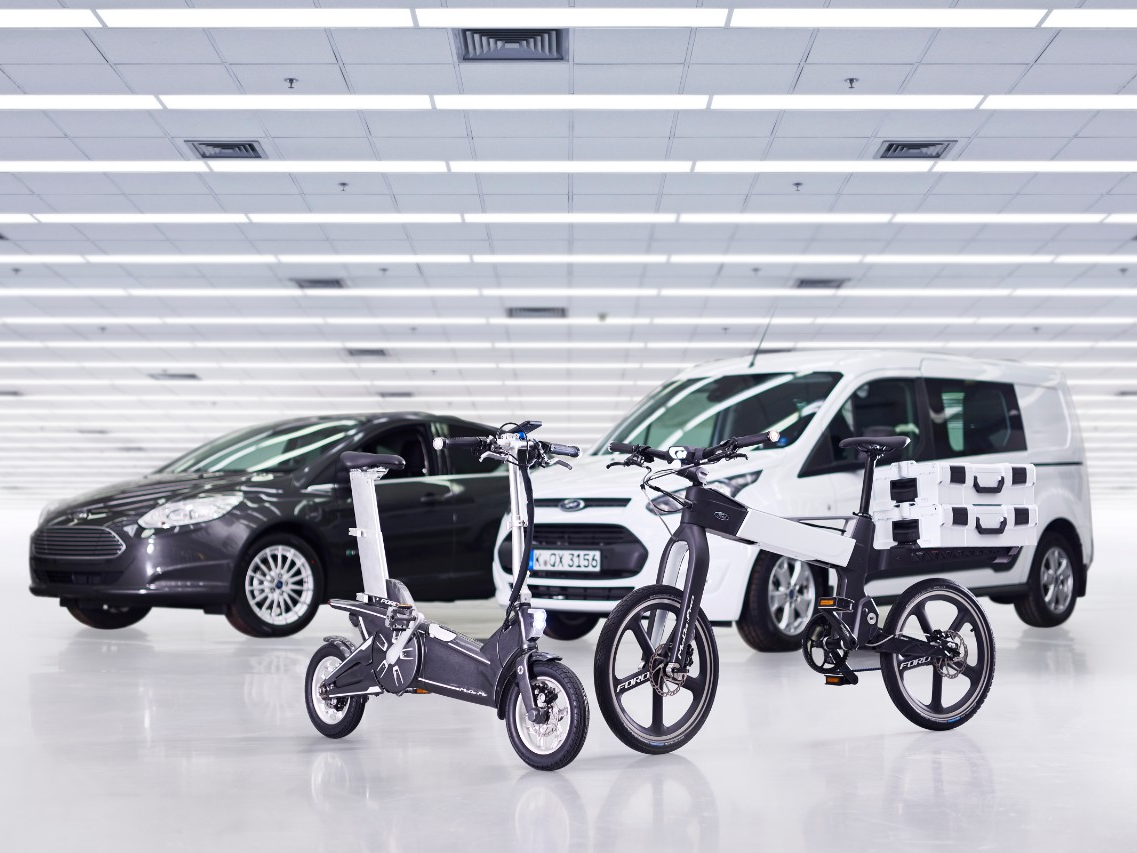
Although it’s only a concept design, the Ford MoDe Electric Bike looks so undeniably cool that’s it’s worth a mention. It’s a smart bike that connects with your iPhone to give the rider access to all sorts of sensors and features. The handles have turn signal and also work in conjunction with the navigation on your iPhone to vibrate when you need to turn left or right. The MoDe even warns you when a car is approaching behind you at a quick speed using proximity sensors.
One of the coolest features is that you can set the 200w motor to kick in when your heart rate hits a certain threshold. No word on when we’ll see these on the road, but I could definitely imagine them being used to get around the city both recreationally and commercially.
7. LG Watch Urbane / Urbane LTE
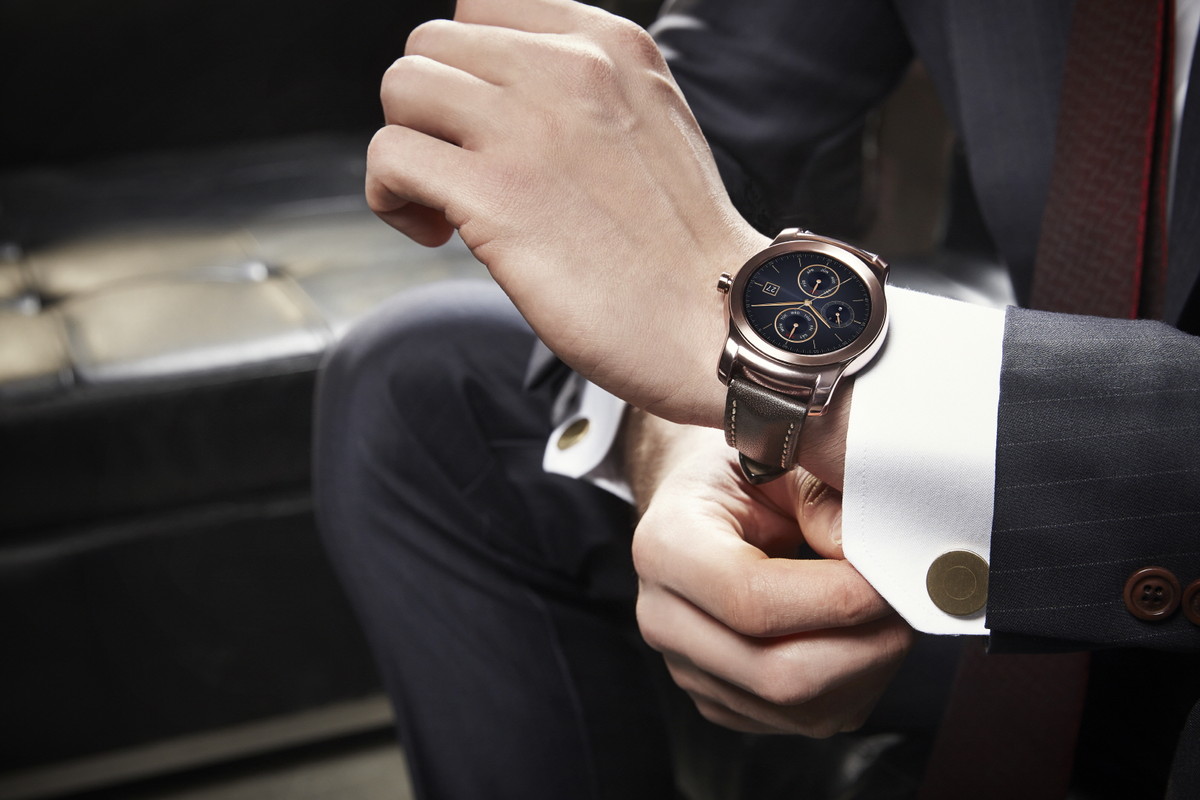
LG has released a mind-boggling amount of smartwatches in the past year, perhaps only bested by Samsung. The two new smartwatches LG unveiled at Mobile World Congress this week are both visual updates of the LG G Watch R from last year, but they couldn’t be more different. The LG Watch Urbane is an Android Wear device that is sleek and premium-looking—a great competitor with other Android Wear watches like the Moto 360.
The second is the Urbane LTE, which doesn’t use Android Wear, but instead has its own proprietary software that looks just enough like WebOS to get people excited. It’s big and bulky, but it doesn’t to connect to your smartphone to work—it’s got 4G LTE right there in your wrist.
6. HTC One M9

While a lot of fans were upset to see that HTC’s newest flagship smartphone looked almost identical to the company’s previous iteration of the One, it’s hard not to agree with HTC’s thinking. The design of the HTC One has always been its most celebrated feature and the thing that made it stick out from the crowds of other Android devices out there—why change the good thing that HTC has going? Instead, the One M9 attempts to fix the actual problems that the M8 had, most notably its camera.
The One M9 has a new 20-megapixel sensor on its back and moves the UltraPixel 4-megapixel camera to the front. The jury is still out on whether or not HTC has totally fixed the problem, but it’s definitely moving in the direction of making the One M9 one of the most anticipated smartphones of 2015.
5. Pebble Time Steel
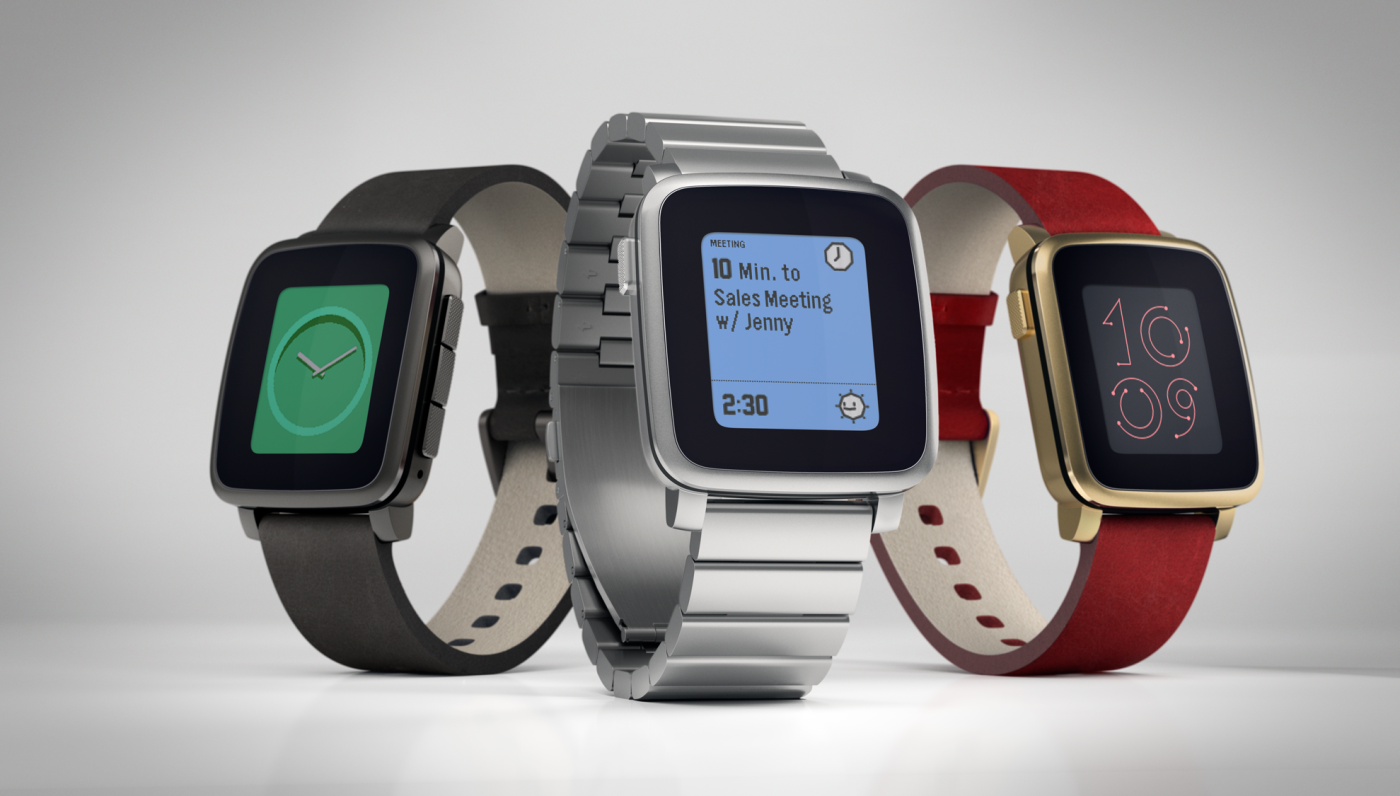
Pebble is the small company that finally made the dream of smartwatches a reality. However, after nearly every tech company in the industry has released its own smartwatch, there was fear that Pebble might fall behind. Determined to not let that happen, the company turned to Kickstarter just last week and raised an all-time record-breaking sum of $16.6 million to launch its new product, the Pebble Time.
The redesigned smartwatch also came in an alternative premium model called the Pebble Time Steel, which adds different options of metal bands to and an all-around more modern look that has us more excited than ever to be Pebble users.
4. Samsung Galaxy S6 Edge
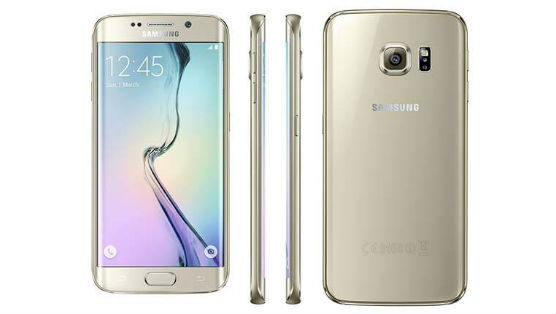
The Galaxy S6 does away with some of the most beloved features of its predecessors, most notably its removable back, which gives access to expandable memory and a replaceable battery. What users get in exchange, however, is a more premium-feeling device made entirely of glass and metal.
The real exciting thing about the Galaxy S6, however, is the S6 Edge model, which features a curved display on both sides of the front panel. It might sound gimmicky—and perhaps it is—but the all-encompassing display makes for a near bezel-less experience that is really impressive to hold in your hand.
3. Sony Xperia Z4 Tablet
![]()
Sony is a company in transition. After halting its laptop production and some changing leadership, we don’t know what the future of Sony’s mobile technology looks like. However, the tablet that the company showed off this year at Mobile World Congress may have been one of the most convincing Android products the company has ever revealed. The 10.1-inch tablet is the thinnest and lightest tablet of this size ever made, surpassing the iPad Air 2 and the Galaxy Tab S.
The overall design is similar to its predecessor, the Xperia Z2 Tablet, but it’s been updated in nearly every way imaginable, including a massive 6,000 mAh battery and a high resolution 2560 × 1600 display.
2. HTC Vive
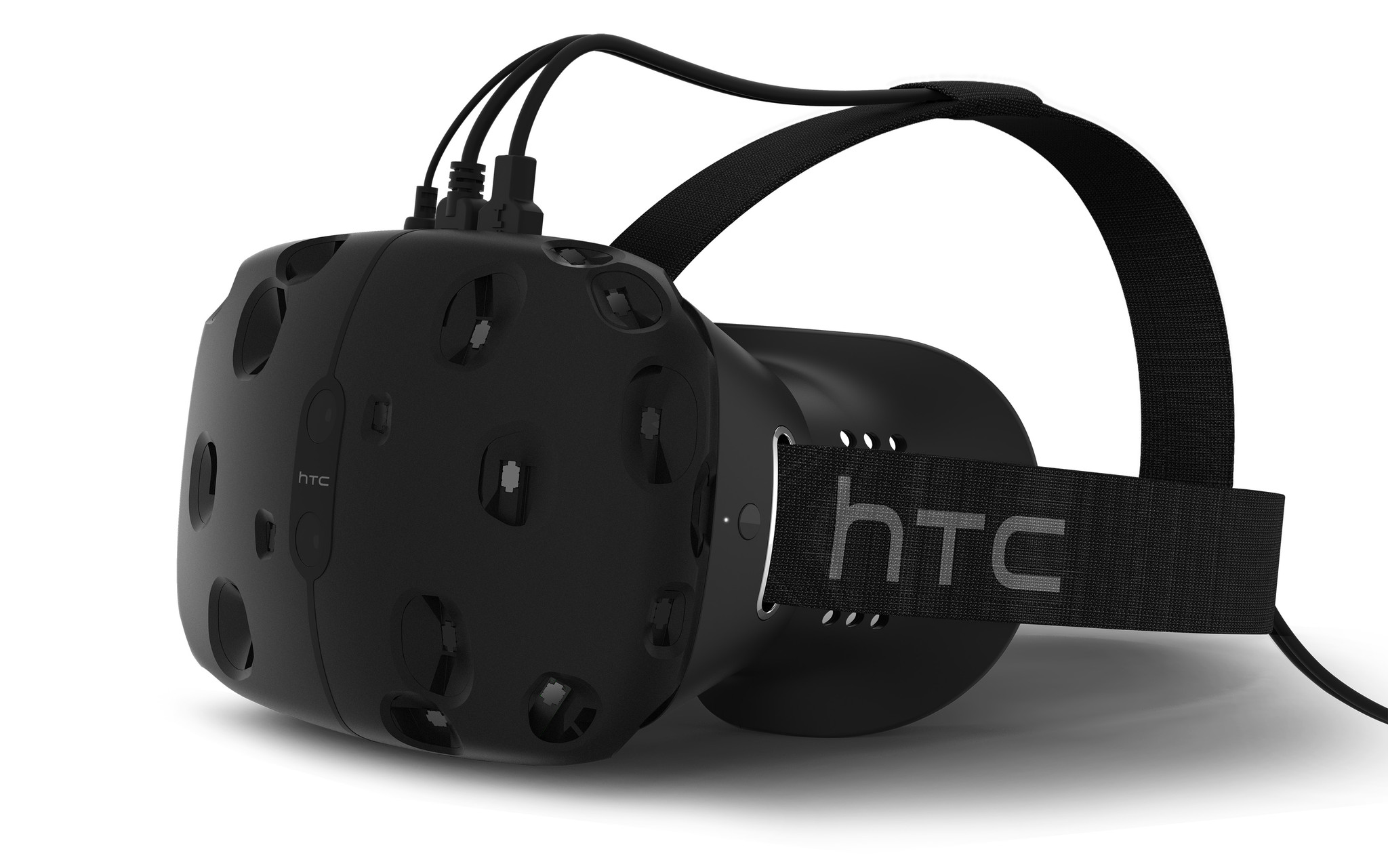
HTC might seem like an odd manufacturing partner for a groundbreaking new virtual reality headset at first, but when every tech company including Samsung to Facebook now has one—it’s almost to be expected. Interestingly, the HTC Vive competes more with headsets like the Oculus Rift and the Sony Morpheus than the mobile VR headset like the Gear VR: it plugs into your computer and attempts to immerse your mind to a different world.
The big difference with the Vive is that it uses two laser base stations that are set to detect your movement in a 15×15 foot area. The result is a VR experience unlike any other—and now I can’t imagine a software/hardware partnership more fitting for bring virtual reality to the next level than HTC and Steam.
1. Huawei Watch

Smartwatches have gotten significantly prettier and rounder in these last months leading up to the launch of the Apple Watch, but few people would have expected the prettiest of all to come from Chinese phone manufacturer Huawei. However, Huawei is made an Android Wear smartwatch that feels amazingly similar to a classy, traditional wristwatch.
Moreso than any other smartwatch we’ve ever seen, the Huawei Watch makes a serious attempt at mitigating the doubts of how versatile and ubiquitous a smartwatch can be. No one’s going to look twice when you walk into the grocery store or even a business meeting with this on your wrist.